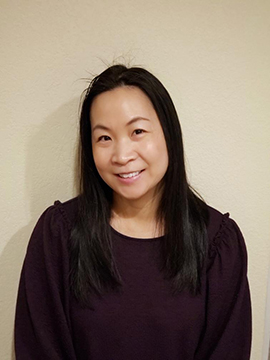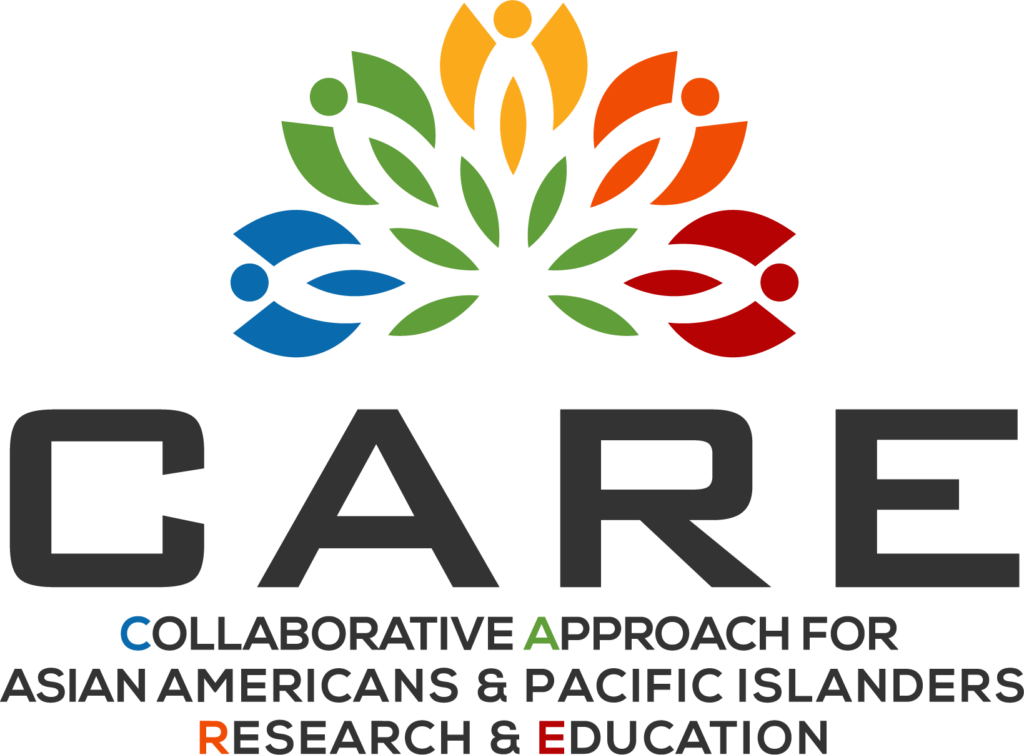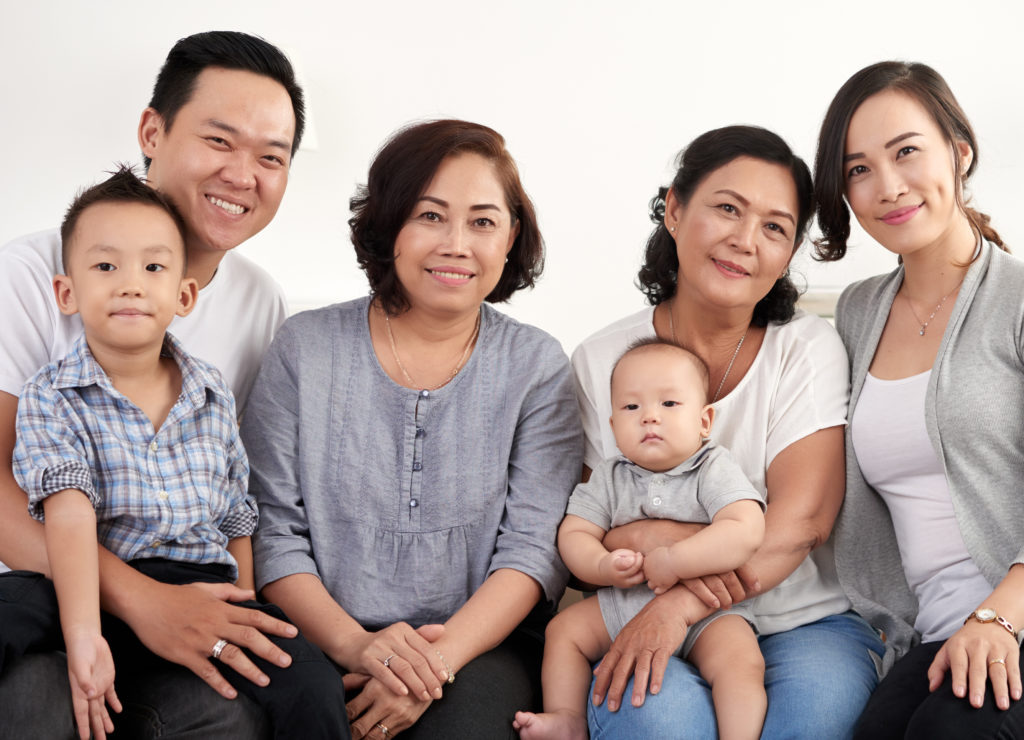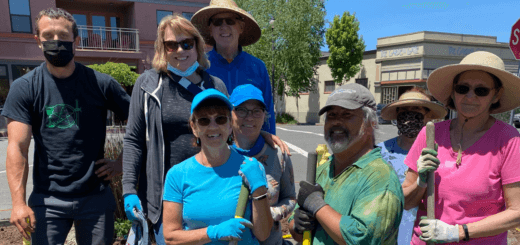Giving AAPI community a voice through research
A recent study showed that less than 1% of the NIH budget in the last 20 years went towards research focused on the Asian American and Pacific Islander (AAPI) community. Dissatisfied with the result, Van Ta Park Ph.D, M.P.H. and her team are working to find ten thousand individuals from the AAPI community across California who are interested in participating in research.

The need for more research
Dr. Van Ta Park, an Associate Professor at the UCSF School of Nursing, has been working as a community researcher for more than 20 years. In the last 10 years she started to notice how challenging it was to recruit Asian Americans and Pacific Islanders into studies. “There seems to be this wall with many researchers,” said Van. “They don’t want to recruit AAPIs because they think they’re a small population or there are too many languages to consider. It’s really disheartening.”
According to the Pew Research Center “The U.S. Asian population grew 72% between 2000 and 2015 (from 11.9 million to 20.4 million), the fastest growth rate of any major racial or ethnic group.” However, participation of APIs in research is limited. According to the JAMA Network, API studies “”¦funded by the NIH between 1992 and 2018, compos[ed] 0.17% of the total NIH budget.”
“APIs aren’t being represented in research,” said Van. “We don’t have a voice and our numbers are great. I just wanted to make sure there is meaningful inclusion of AAPIs in research. Right now, an AAPI might sign up to participate in research, but then are discouraged when they aren’t contacted. AAPIs are ready to participate, and I want to make sure they get that opportunity.”

Creating an AAPI registry
Van and her colleagues decided to create CARE – The Collaborative Approach for Asian Americans and Pacific Islanders Research and Education. The goal of this project is to create a registry of ten thousand people from the AAPI community who are interested in being contacted by researchers or community partners.
“We’re not asking them to promise to participate in research,” says Van. “They’re just letting us know they are interested in learning more about specific studies.”
CARE will be conducted in five languages (English, Mandarin, Cantonese, Vietnamese and Korean) across four sites in California (San Francisco Bay Area, Sacramento County, Los Angeles County and Orange County).
The registry will be accessible to both researchers and community partners in an attempt to educate the community while also providing researchers a database of willing participants from which they can recruit.
CARE for Researchers
Van wants to make sure that the AAPI community has a voice. By creating this registry, she is giving researchers an easily accessible database for them to use. “Researchers will be able to have a potential pool of people who want to be contacted,” said Van. “AAPIs in the registry have a basic understanding of the research, so it’s not like starting from scratch.
“I want younger generations of researchers to feel like there is a pool of potential participants available to them when they’re starting off their careers. It will be nice for them to know that they will be able to contact people on the CARE registry to do their small study that doesn’t have funding yet.”

CARE for the Community
While having a pool of interested participants for research is important, it’s also important that AAPIs have access to community resources in order to stay educated and informed. “Community partners can use the CARE registry to promote their own programs or services to benefit the community,” said Van. “For example, the Alzheimer’s Association could use it as a tool to notify the AAPI community of an upcoming forum. This is how we educate the community about topics, not through researchers but by community partners.”
Bringing research and the community together
The program works best when researchers and community partners come together. “We’re planning on having a CARE brain trust meeting every year,” said Van. “People will learn more about CARE and meet other researchers and community organizations. They’ll be able to form partnerships and work together.”
“One of the biggest barriers to researching AAPIs is the cost. It can get very expensive when you consider all the languages that are used, and all the materials that would need be created to cover them all. We’re trying to help reduce those barriers.”
Dr. Park says that members of the AAPI community “are really great once you engage them and provide the appropriate education. If you explain why it’s important that they participate, they’ll be on board. We truly do want to be inclusive.”

Continuing CARE
CARE is an unprecedented study with a very ambitious goal. Currently CARE is funded through the next three years, but the dream is to continue the project indefinitely. “I’d love for us to get 10 thousand people on the registry and for it to be sustainable and grow,” said Van. “I want every single person on the registry to get contacted, even if they don’t participate in a trial.”
Van has been asked why she doesn’t open up her registry to include other populations, making it easier to hit her goal of 10 thousand people. “That’s not why I’m doing this,” said Van.
“We’re focusing on AAPIs for a reason. We need this. With less than 1% funding from the NIH in the last 20 years there is a need for more data. I just want to make sure we have meaningful inclusion of AAPIs in research. I want to give AAPIs a voice.”
Enrollment for the registry opens in June 2020. At this time, you can find more information about the CARE registry at careregistry.ucsf.edu.
CARE will be having their first virtual information meeting on June 8, 2020 from 10-11a.m. You can register this event at: careinfomeeting.eventbrite.com
For information on our local Chinese resources please visit our website here.
The Alzheimer’s Association also provides information in Chinese, Japanese, Korean and Vietnamese

















